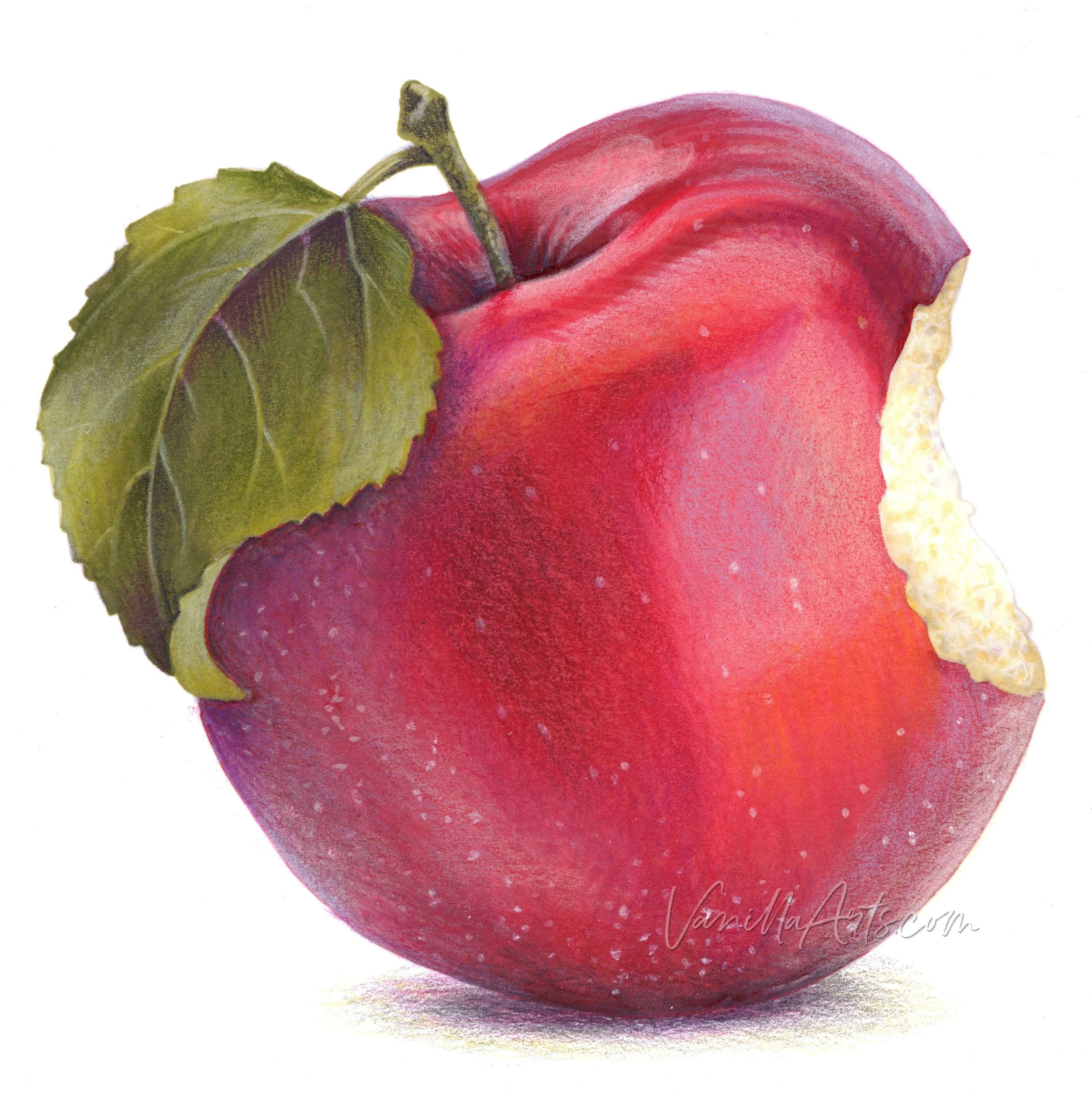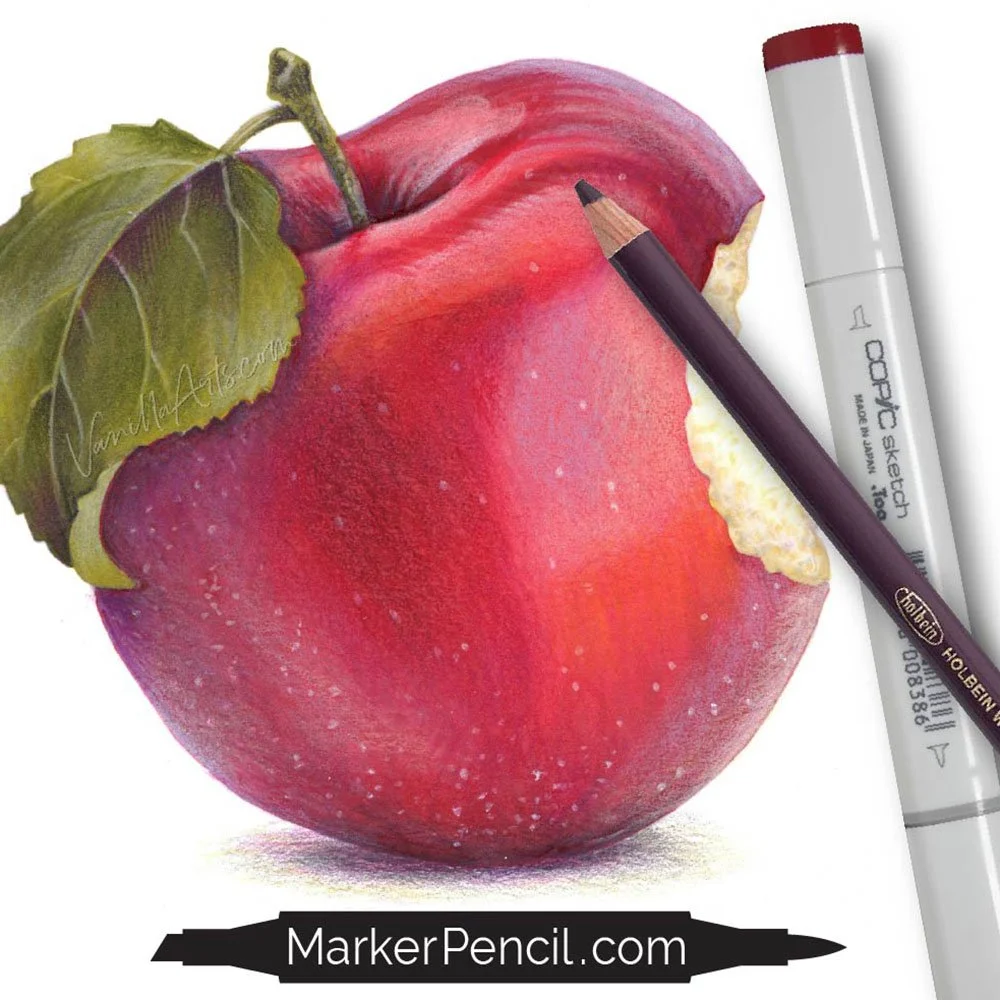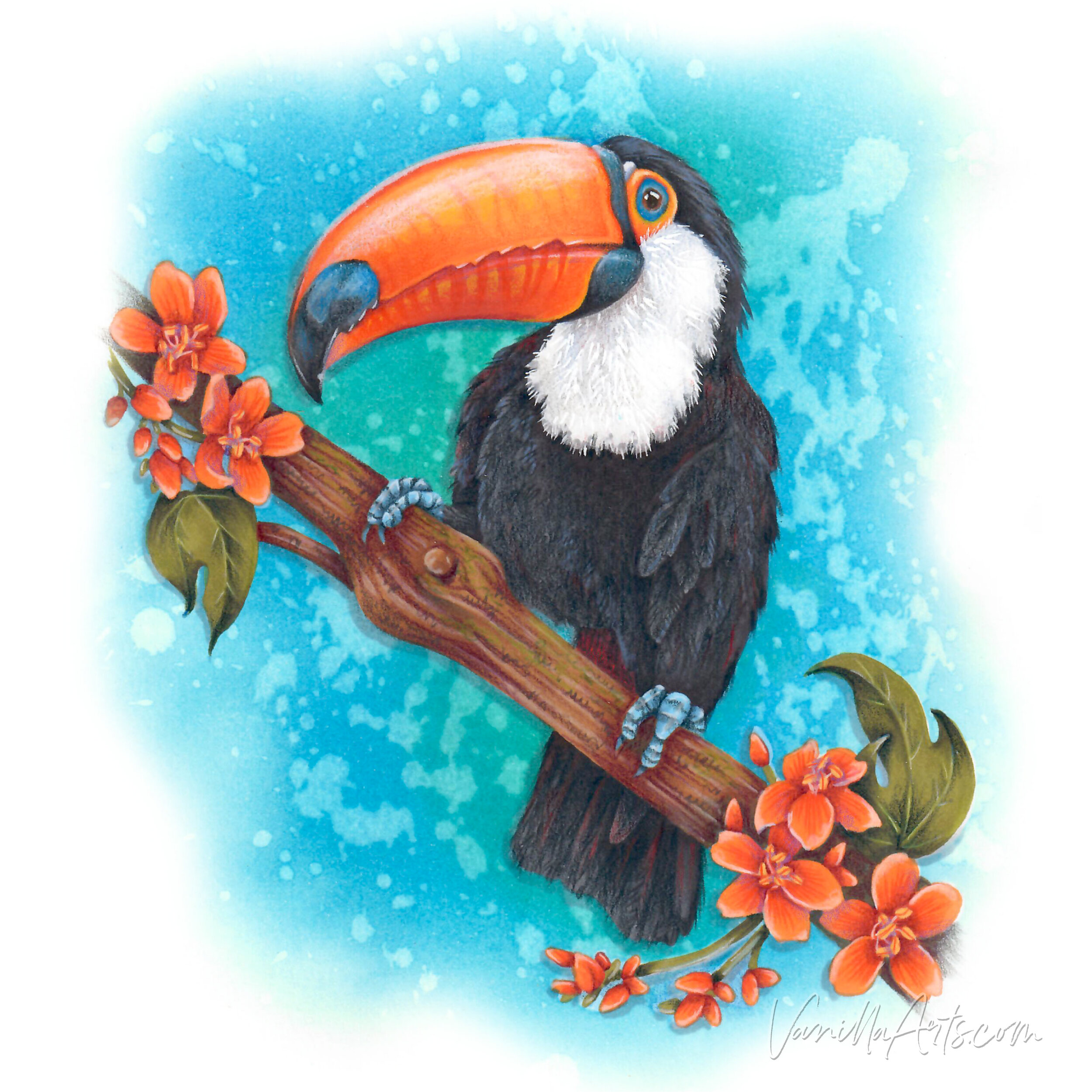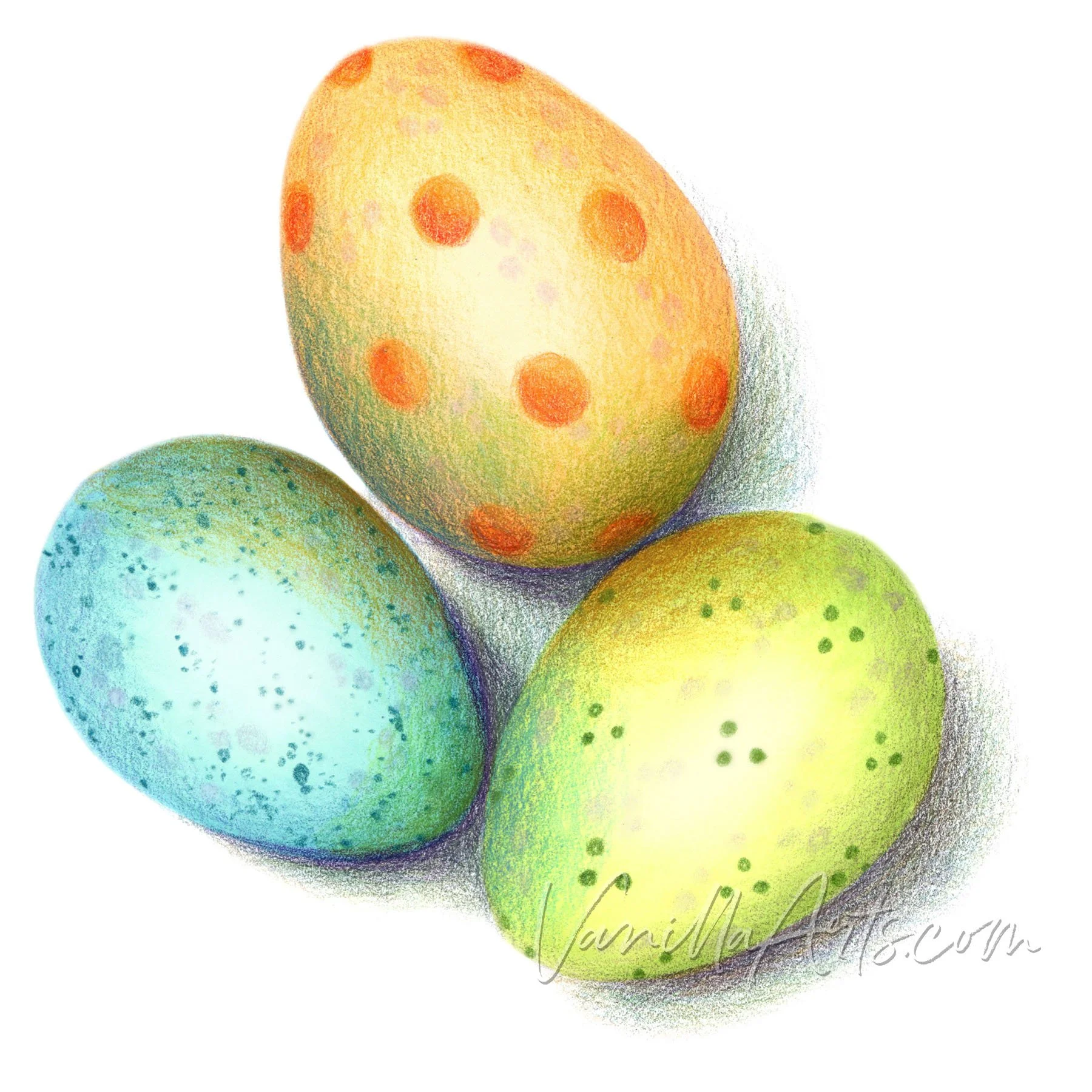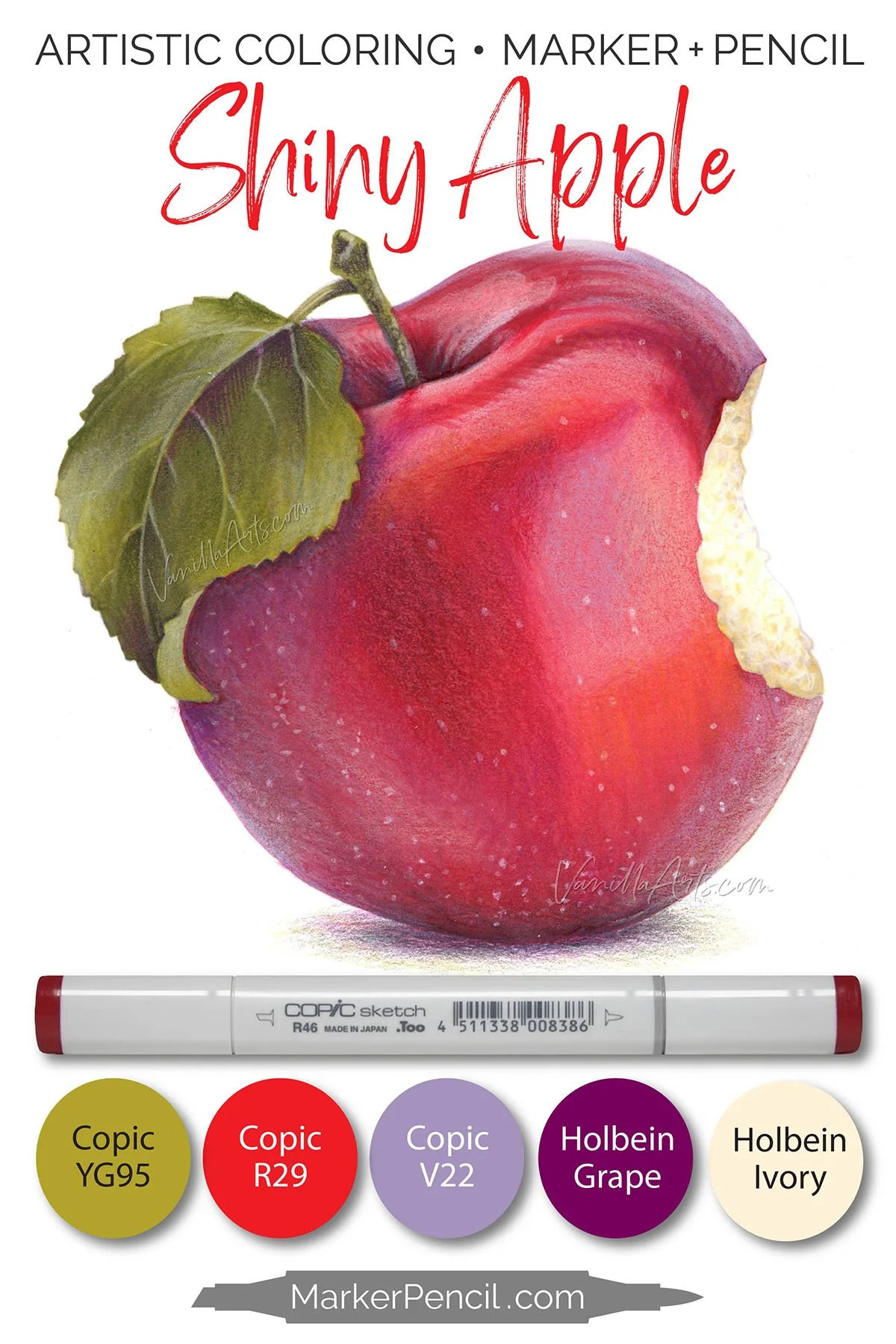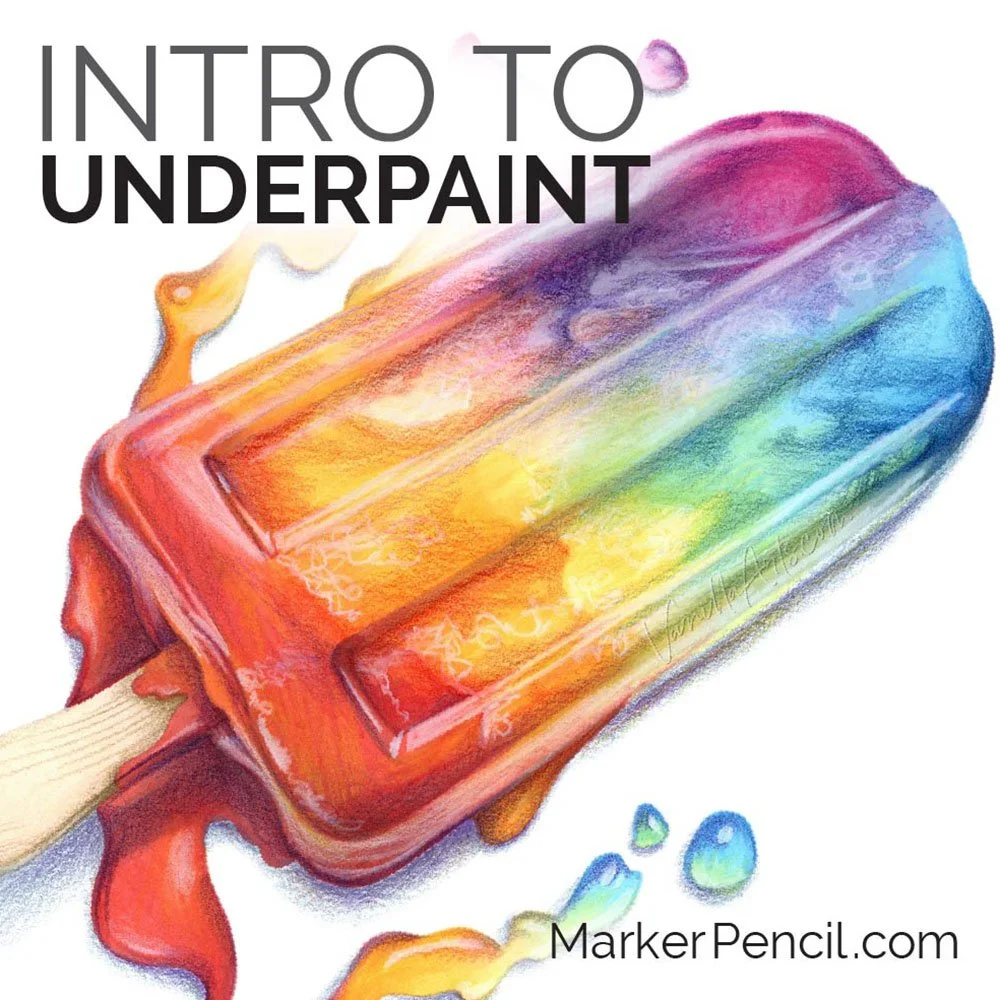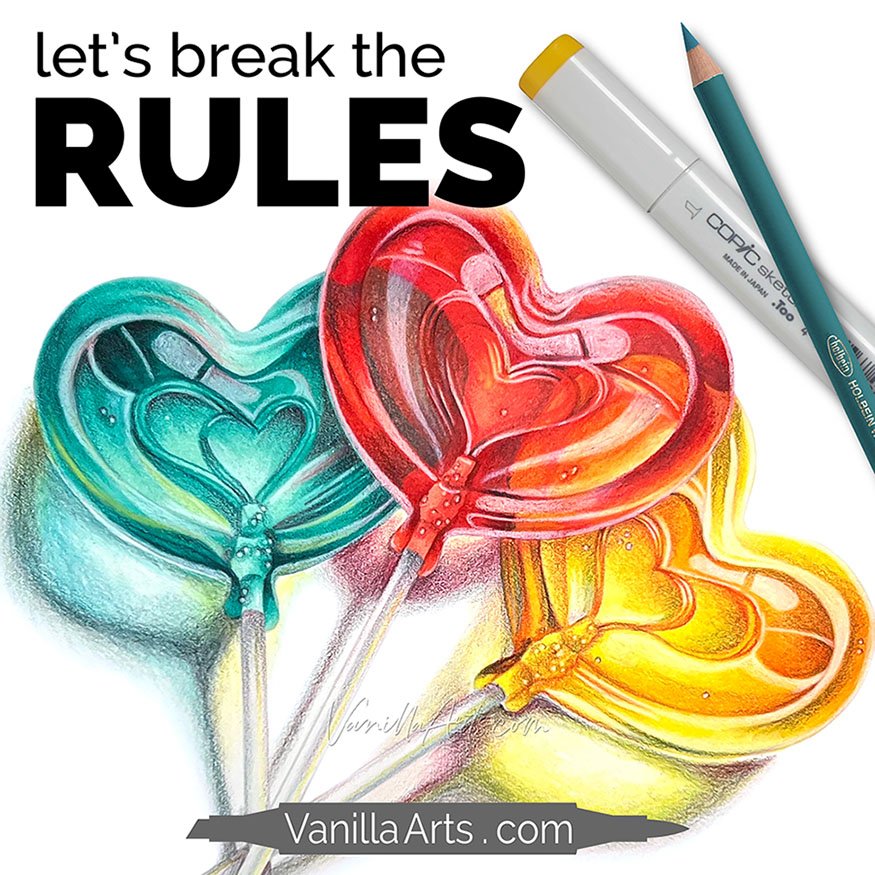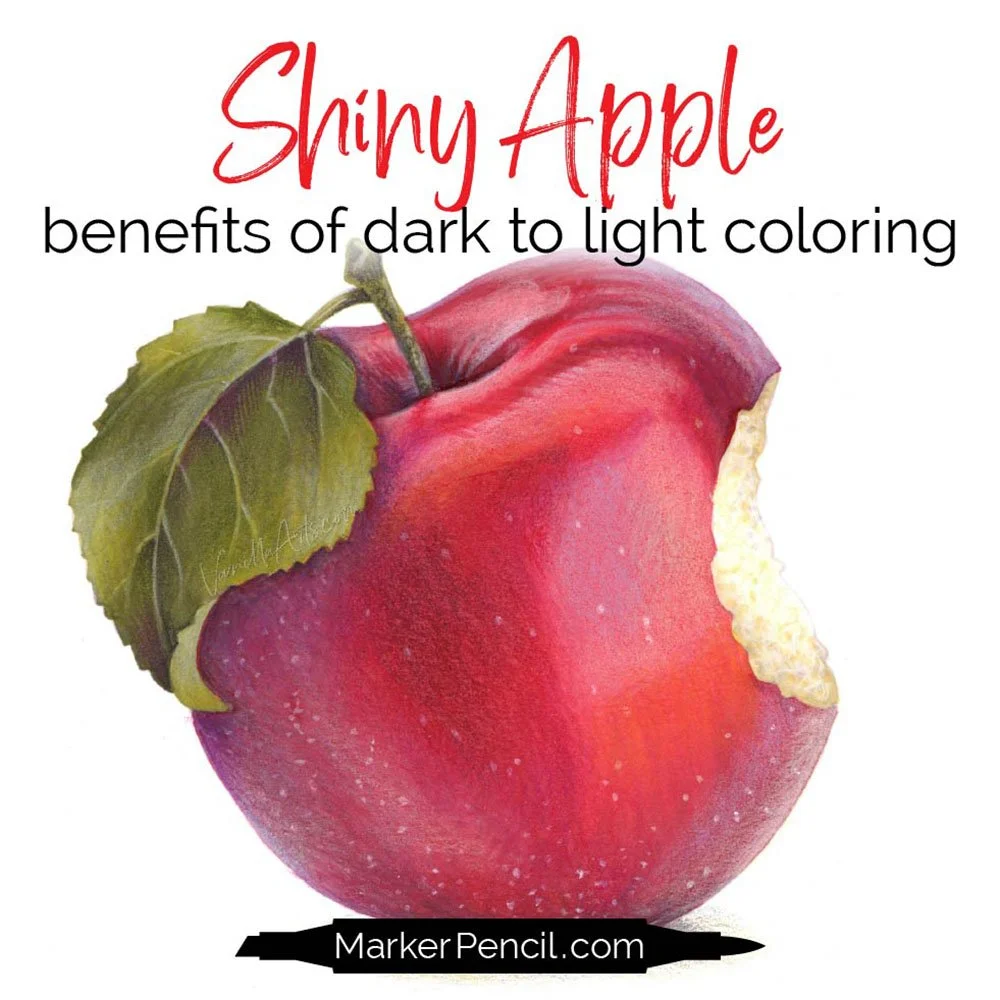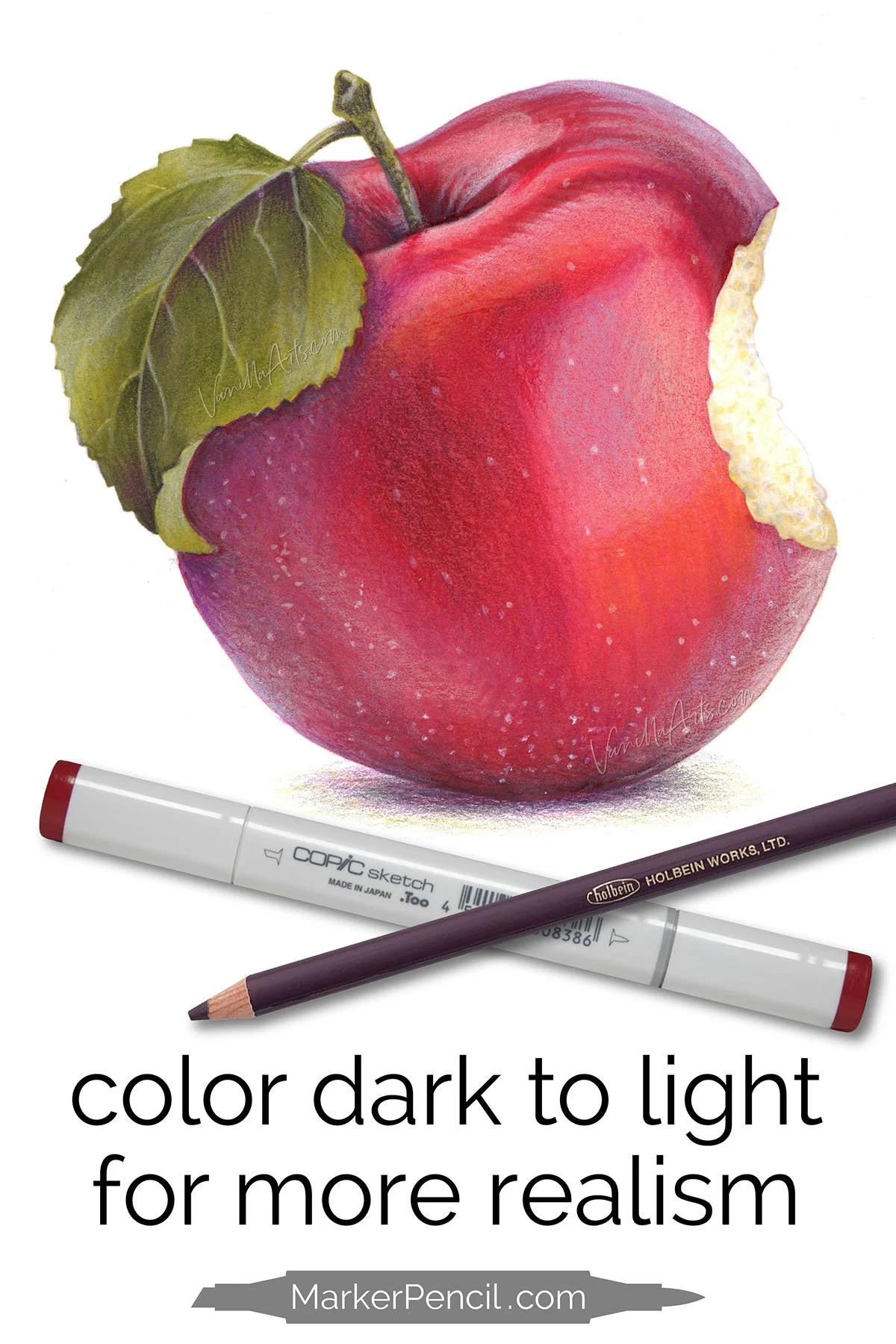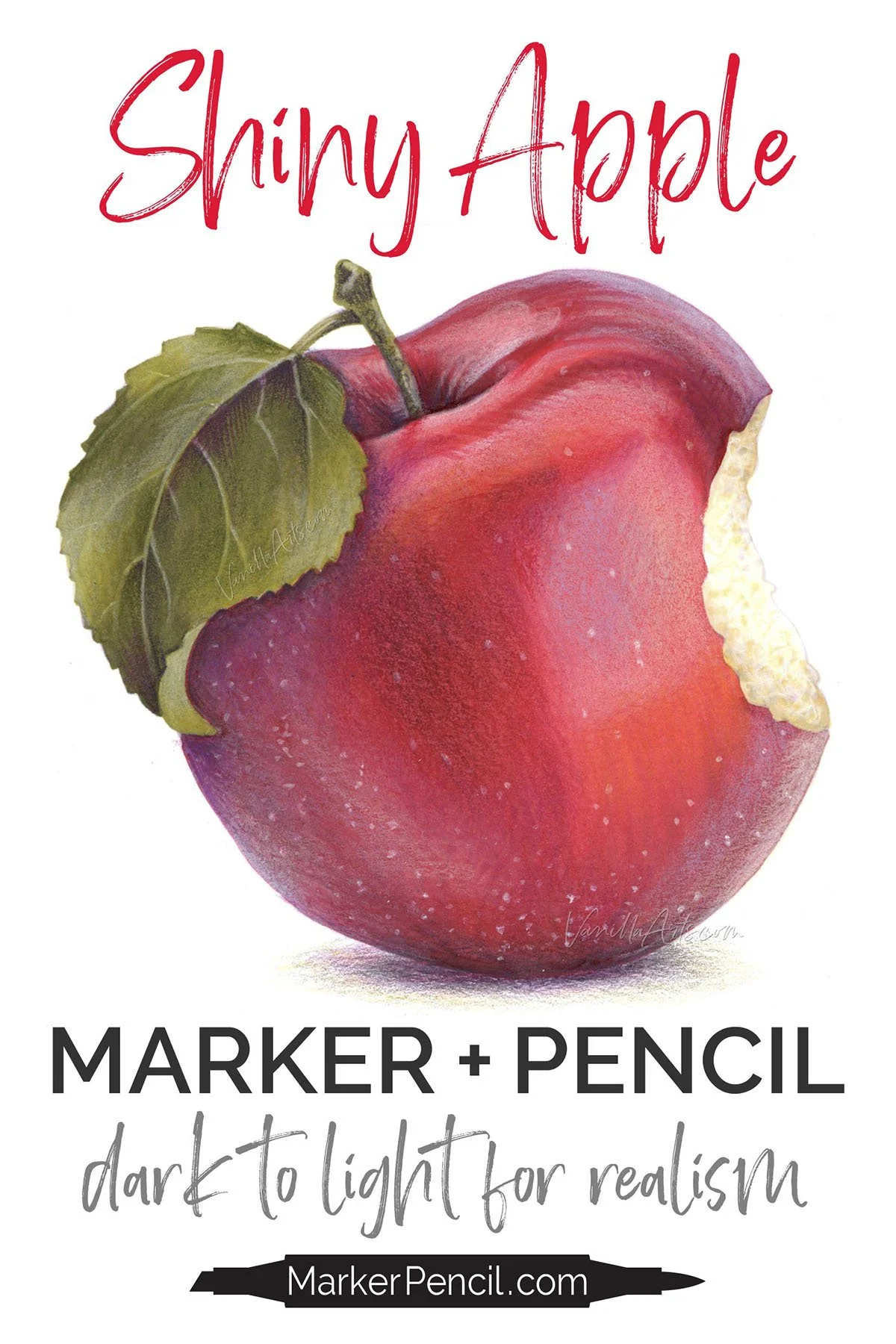Coloring with Markers: Should you color Light to Dark -or- Dark to Light?
Supply list and project resources for “The Best Order for Depth and Realism” below
You practice coloring, several times a week…
Your blends are getting better but your coloring never looks realistic.
There’s gotta be something you’re missing, right?
"Shiny Apple" improve your coloring with targeted art lessons and personal coaching. | Color Coach program at ColorWonk.com
ARE YOU COLORING LIGHT TO DARK?
Ahhh, that may be the problem.
Most colorists color Light to Dark. Meanwhile over in the art community, most artists work Dark to Light.
And while it may seem like there’s no big difference between the two methods…
I mean, come on. Some people start with their lightest marker and others start with the dark but we’re all just blending, right?
You’re right. We are all blending.
But we’re not all focused on the same colors.
And the color you think about most? It changes how you color.
APPLY REALISTIC COLOR
LIKE AN ARTIST
IN TODAY’S VIDEO…
We look closer at the difference between Light to Dark and Dark to Light coloring.
Which method do I recommend for better depth, dimension, and realism?
It’s not always about the colors you use— it’s how you use them.
The order you color determines your results.
Video not playing? Click here to watch directly at YouTube.
Watch: Light/Dark or Dark/Light? The best order for depth and realism
CAN YOU LEARN DARK TO LIGHT COLORING?
Absolutely!
But we’ve gotta make a few changes first…
Coloring Dark to Light is said to be more difficult but actually, people struggle most when they’re using cheap markers and bad paper.
With the right supplies, you can get amazing results coloring Dark to Light.
Hey, I love a good bargain as much as you but it’s time we admit that when it comes to art supplies, you get what you pay for.
Inexpensive markers are made with inexpensive ink. That’s the only way they can sell markers for half the price. Think about it, all markers use the same amount of plastic and the nibs are similar, so the only place to cut costs is the ink.
Inexpensive ink costs less because it doesn’t blend as well.
To color Dark to Light, you’ve got to be using ink that actually wants to blend.
So if you’re using markers that come in a big zipper bag, you probably need to upgrade.
You also can’t color Dark to Light on just any ol’ paper. Too many colorists spend big money on markers and then color on cheap mixed media paper— or even worse, copy paper.
Smooth Bristol is a better choice for Dark to Light coloring. Bristol paper absorbs a lot of ink but also, the fibers don’t bond with the ink as fast as with other types of paper. Once that ink sets into the paper, you’ll always have trouble smoothing-out the blend.
I teach all my intermediate and advanced classes on Strathmore Bristol 300 Smooth because it works beautifully with dark to light blending.
Note: Bristol is a style of paper, not a brand. While I like Strathmore, many other companies make excellent Bristol. If you can’t find Strathmore in your country or if the import price is outrageous, test other smooth Bristols to find a local brand which works.
But remember, good marker technique comes first. Dark to Light doesn’t work without good marker application and blending skills. I teach basic marker techniques here.
Full supply list for Shiny Apple below.
Good coloring happens between your ears - it's not about your hands
You’ve tried all the tutorials…
By the time you sense your coloring is flat, you’ve already reached the limit of what easy coloring techniques can do.
You can keep rearranging the furniture— trying new blends, different step-by-steps…
Instead, let’s change how you think about color.
Learn to think like an artist.
And that’s what I’m here for— I teach the art beyond basic blending.
COLOR WONK
ARTISTIC MARKER + PENCIL
Color Wonk is a next-level coloring school full of projects like Shiny Apple.
My intermediate and advanced online workshops are based on fine art techniques, distilled into fun and friendly lessons for colorists and shy artists.
We’re not coloring with ye olde blending combinations— we’re thinking, growing, and learning.
Need beginner instruction first? Starter lessons here.
Shiny Apple is part of the Color Coach program, an expansion program for Color Wonk members.
SHINY APPLE: PROJECT RESOURCES
Full color and supply list at end of this article.
SKILL LEVEL: Independent Study
LINE ART: “A is for Apple” by Amy Shulke
SIZE: 6x6”
TOTAL COLORING TIME: 1 hour
MARKERS: Copic Sketch Markers (colors listed below)
PENCILS: Holbein Colored Pencils (colors and brands listed below)
PAPER: Smooth Bristol (listed below)
PRINT DETAILS: Gray line PNG digital stamp printed onto Bristol with the Canon Pixma Pro 100
FREE COLOR THEORY LESSONS
After confirming your subscription, you’ll receive a link to the latest issue of Vanilla Beans. The FREE Download Library link and password is about halfway down the page in every newsletter issue.
SUPPLY LIST: “SHINY APPLE”
Other Resource Pages:

